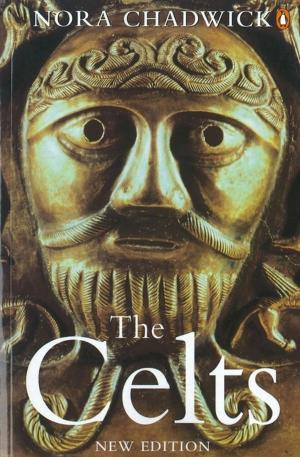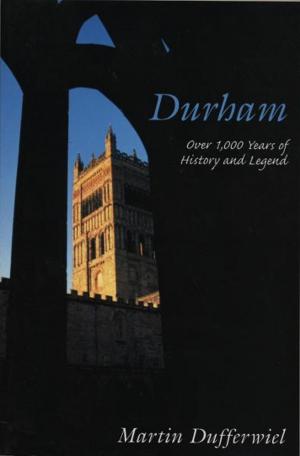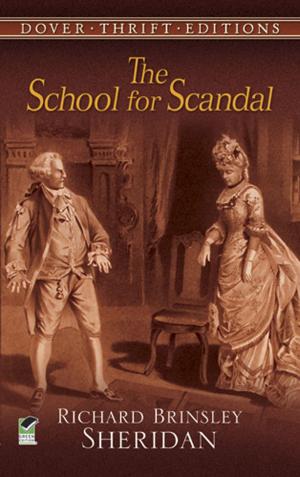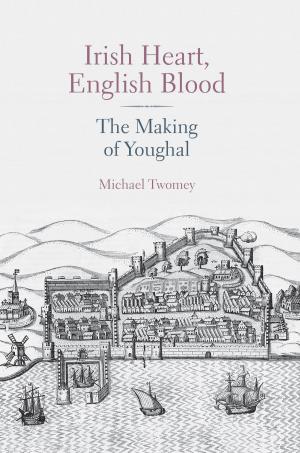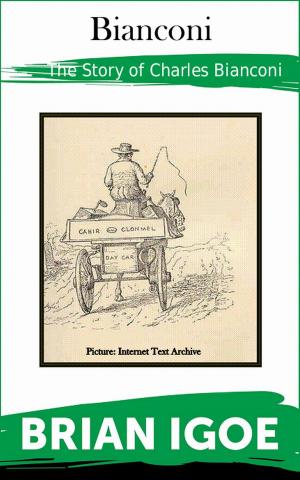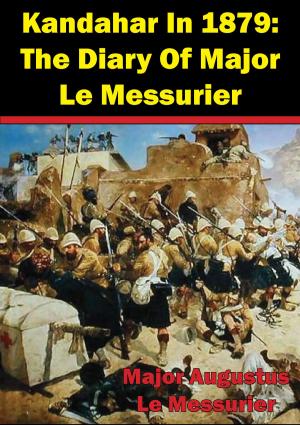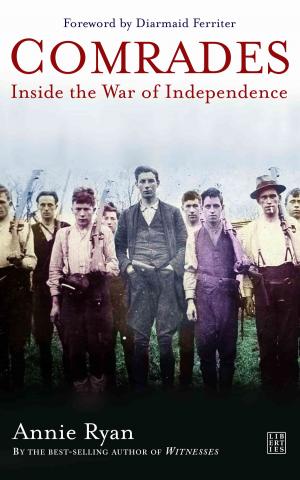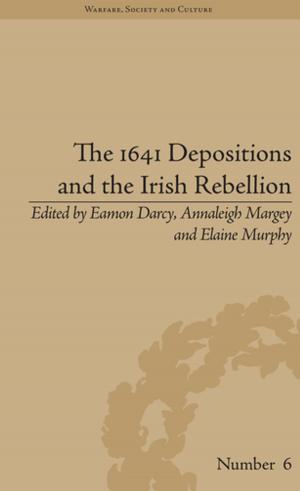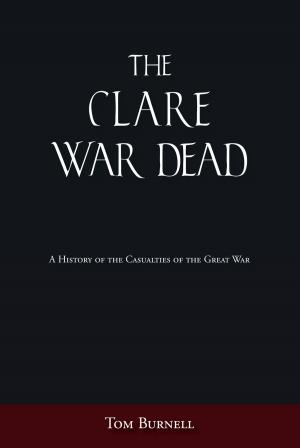| Author: | Liam Nevin | ISBN: | 9781301860050 |
| Publisher: | The Manuscript Publisher | Publication: | October 21, 2012 |
| Imprint: | Smashwords Edition | Language: | English |
| Author: | Liam Nevin |
| ISBN: | 9781301860050 |
| Publisher: | The Manuscript Publisher |
| Publication: | October 21, 2012 |
| Imprint: | Smashwords Edition |
| Language: | English |
The true story of Irish families at the turn of the twentieth century, striving to make a go of a new crop in order to improve the lives of ordinary people and control the massive problem of unemployment and its consequence - emigration. The story of over 30 years of tobacco growing in Ireland is told here through the private papers of one who was at the heart of the Randlestown experiment.
The story is a tragic one in many ways but it paints a picture of life in Ireland in the late nineteenth and early twentieth centuries: a time when Ireland and the world was changing rapidly and many struggled with these changes. It is also a story that demonstrates how people rise to the challenges brought on by adversity, defying expectations in the process.
In telling this story the author, Liam Nevin, has made available to the general public important material previously unpublished. This includes records kept by his late grandfather, John Nevin, who was very much a part of the Randlestown experiment, where he was employed first as a farm steward, later in the role of Tobacco Instructor. Like others employed with him in the enterprise, he was interested in tobacco growing as a means of providing employment for the working man and his family. His papers bear witness to over thirty years of tobacco growing in Ireland: not only in Meath but also the counties of Offaly, Louth and as far away as Limerick
A central figure and the person who looms large in the story of the Randlestown experiment, is Nugent T. Everard. He was a progressive landlord who sought to alleviate the hardship he saw around him, mobilising a community in support of this bid. This was unusual, some would say uncharacteristic for a person of his social class but he had a genuine interest in making a go of it at Randlestown: he was not interested in being an absentee landlord.
The fact that the Randlestown experiment ultimately failed is no reason for it to be forgotten. Especially as it contains lessons that are instructive to the present day as well.
This is a book for anyone with an interest in Irish and local history. A valuable piece of hidden history has been unlocked. The reader is left with the feeling that there is much more to this story that could be explored. A book that is interesting and absorbing in its own right but will also point inquisitive scholars in a certain direction for further research.
The true story of Irish families at the turn of the twentieth century, striving to make a go of a new crop in order to improve the lives of ordinary people and control the massive problem of unemployment and its consequence - emigration. The story of over 30 years of tobacco growing in Ireland is told here through the private papers of one who was at the heart of the Randlestown experiment.
The story is a tragic one in many ways but it paints a picture of life in Ireland in the late nineteenth and early twentieth centuries: a time when Ireland and the world was changing rapidly and many struggled with these changes. It is also a story that demonstrates how people rise to the challenges brought on by adversity, defying expectations in the process.
In telling this story the author, Liam Nevin, has made available to the general public important material previously unpublished. This includes records kept by his late grandfather, John Nevin, who was very much a part of the Randlestown experiment, where he was employed first as a farm steward, later in the role of Tobacco Instructor. Like others employed with him in the enterprise, he was interested in tobacco growing as a means of providing employment for the working man and his family. His papers bear witness to over thirty years of tobacco growing in Ireland: not only in Meath but also the counties of Offaly, Louth and as far away as Limerick
A central figure and the person who looms large in the story of the Randlestown experiment, is Nugent T. Everard. He was a progressive landlord who sought to alleviate the hardship he saw around him, mobilising a community in support of this bid. This was unusual, some would say uncharacteristic for a person of his social class but he had a genuine interest in making a go of it at Randlestown: he was not interested in being an absentee landlord.
The fact that the Randlestown experiment ultimately failed is no reason for it to be forgotten. Especially as it contains lessons that are instructive to the present day as well.
This is a book for anyone with an interest in Irish and local history. A valuable piece of hidden history has been unlocked. The reader is left with the feeling that there is much more to this story that could be explored. A book that is interesting and absorbing in its own right but will also point inquisitive scholars in a certain direction for further research.


